© 表現未満、webマガジン All rights reserved.
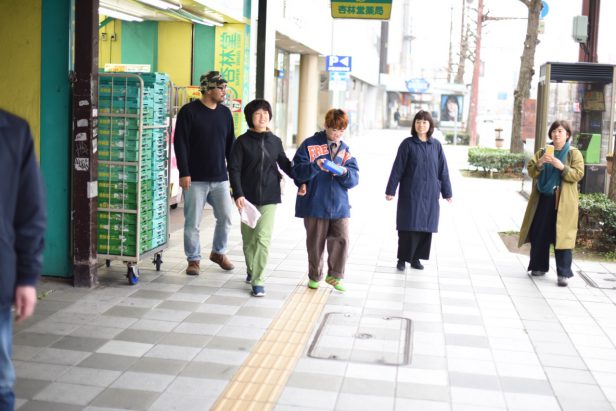
Taking a Walk to Save the World?
This is my tenth visit to LET’S. That must mean I’ve spent about twenty days at LET’S total. We’re just coming to the best part. It’s February. This visit was another episode in my “bring a random friend” series of articles. I brought two this time: nonfiction author Kawauchi Ario-san and her good friend Satō Mighty, a curator at the Art Tower Mito contemporary art gallery.
Ario-san won the sixteenth Kaikō Takeshi Award for her 2018 book The Giants Who Reached the Sky (Sora wo yuku kyojin) about the 10,000 Cherry Trees for Iwaki project undertaken in memory of the 3/11 earthquake and tsunami. She is very knowledgeable about modern art and is involved in a fascinating art appreciation project with a man named Shiratori-san, who is completely blind. If you want to know more about it, check out this article (in Japanese) by the Huffington Post
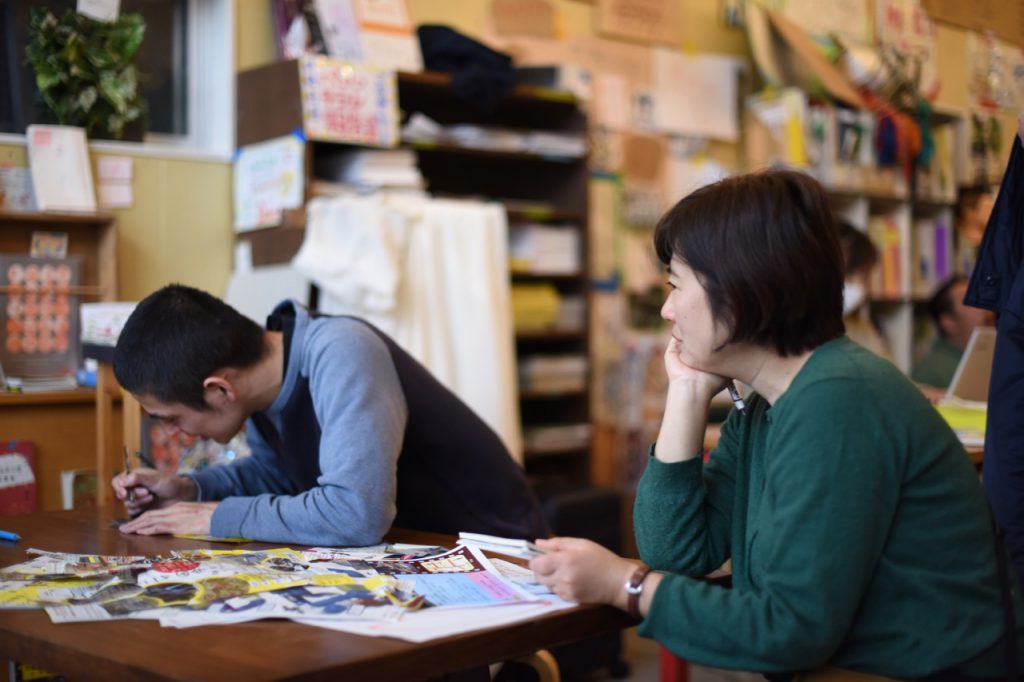

I just had a hunch that if I could get Ario-san to write something about LET’S it was bound to be interesting. When I invited Ario-san, Mighty-san from Art Tower Mito decided to come along for the visit too. I’m sure they’ll both write something at some point so please look forward to their articles.
This visit marks the tenth time I’ve visited LET’S and this is the fifteenth report I’ve written. All fifteen of these reports have been compiled into a small book titled Those Who Are Simply Being Themselves Here (Tada soko in iru hito), which will be available soon.
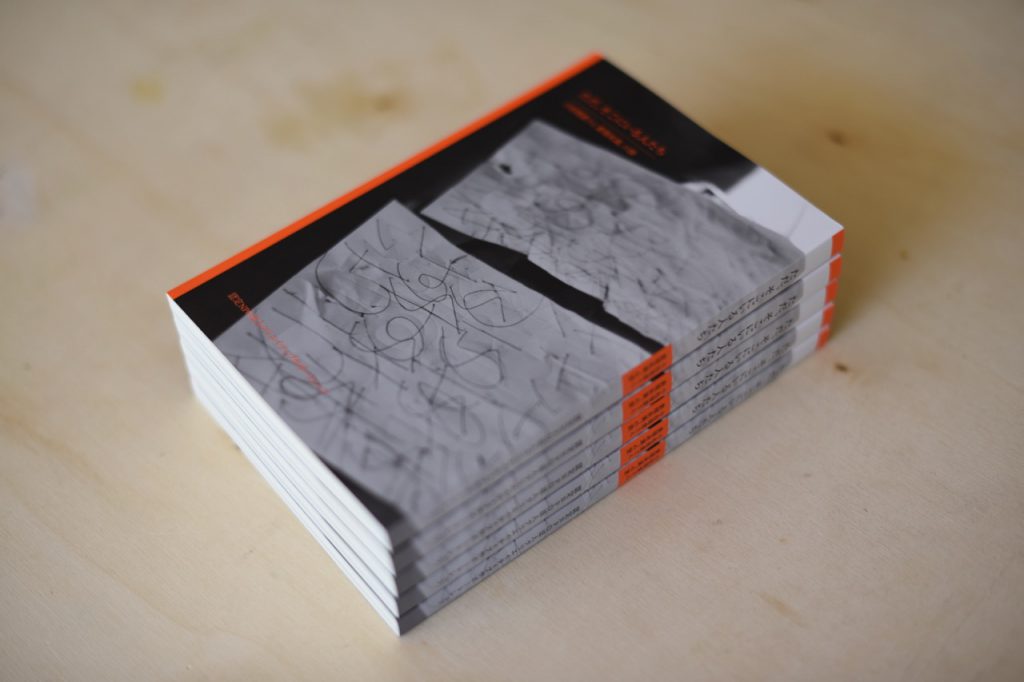
My articles have been published along with a collection of year-end fiscal reports!
Man, it’s been more than ten months since I first started working with LET’S. When I go to Hamamatsu these days, I don’t feel like I’m going to work. I feel more like I’m going there to hang out. I am writing these articles, of course, but getting off at Hamamatsu station feels like going to meet old friends. It’s the first time I’ve had such a relaxed and long-running relationship with people I’m writing about.
A guest reporter from a news agency also visited today. They came to research me because I’m researching LET’S. Rather than write about LET’S itself, it seems that they want to write about my coverage of LET’S as a platform to discuss welfare, disability, and the organization.
I thought that reporter was really taking on a challenge. If you’re going to report on a place like this, you’d normally research the people with disabilities themselves, the administrators, the families, the supporters. Trying to report on a sightseer like myself is a bit of a deviation from that norm. I felt I was able to have some deep discussions (about ways to communicate information and ways to connect with others) with this reporter who chooses to take the roundabout detour as opposed to the direct route. So I thought I’d try and write a little more about those topics here.
The Joys of a Stroll with Takeshi (AKA a “TakeSanpo”)
I was practically walking the whole time during this visit. On both the first and second day I spent most of my time walking. That enabled me to give a lot of thought to these “walks.” When I checked my iPhone, I discovered that I had apparently walked something like 30,000 steps over those two days. This is a season where I tend not to exercise enough, so I’m grateful for those steps.
On the first day, I took a walk with Take-chan. When staff member Chisato-san said she would take Take-chan out for a walk that afternoon, the rest of us decided to tag along. After leaving LET’S, we walked briskly along the bar district, Sakanamachi, for several hundred meters in a bit of a circle. After that we went into the Zaza department store and strolled about the toy store inside, and then went back to LET’S.
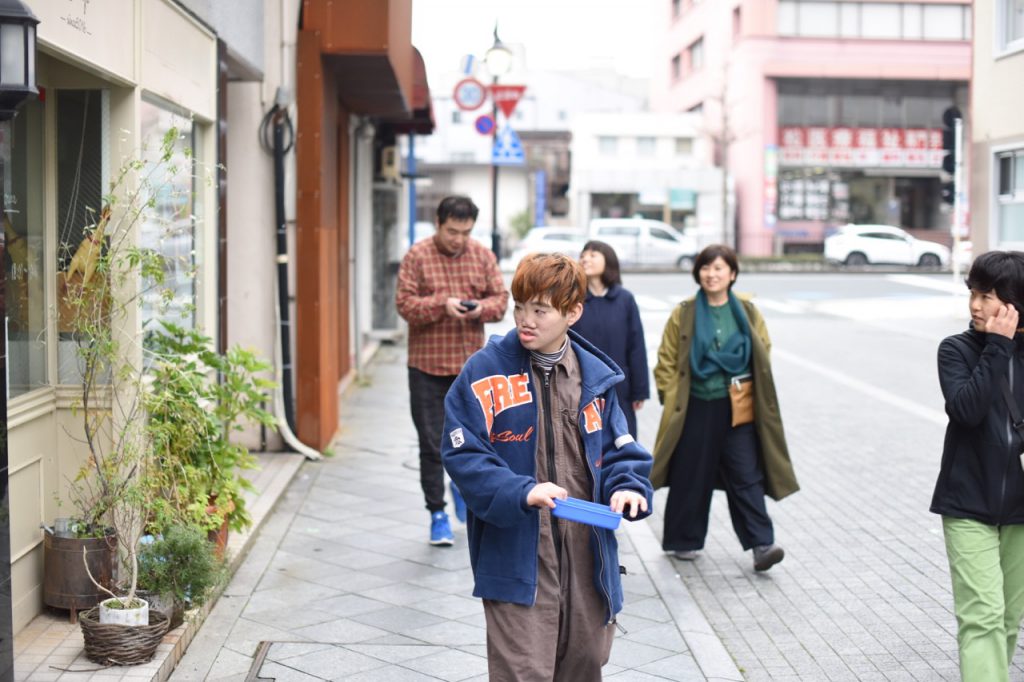
Takeshi, looking like a rapper in his cool jacket.
You might think that sounds like a regular old walk, nothing special, but Take-chan generally ignores everything people say to him. Take-chan charges out into intersections and crosswalks. Sometimes you have to put your body in the way to stop him if he seems like he’s about to wander into the street. Basically, it’s dangerous unless someone is keeping a close eye on him. When a car’s coming we shout “watch out!” and it seems like he sort of pays attention to us, but not much. It might be something you can’t read unless you spend a lot of time with him.
For pretty much the whole walk Take-chan kept shaking his little Tupperware box of rocks, beating out a kachakacha noise. If rocks fell out during the walk, one of us would find one and give it to him. Then the rock-shaking kachakacha-ing would start up again. Anytime a nice-looking rock popped up along the way he’d pick it up and give it some kachkacha. Shaking that box of rocks is as basic as breathing to Take-chan.

He even shook that box of rocks in the toy store. You can see Kawa-chan in the back there.
At any rate, seeing how he constantly shook that box of rocks helped me understand how super important (and comforting) this act is to Take-chan. I mean, this isn’t the first time that I’ve hung out with him—this was our second walk together— so I already knew that he loves kachakacha. It’s just that this time when we walked together I really understood just how very important it is to him.
Even in the toy store, Take-chan might pause for a moment in front of something that caught his eye—touch it for a moment, caress it—but then march right off again. Take-chan’s caretaker, Kawa-chan, guides him by calling “Hey Takeshi, over here!” Before long, we visitors are trying to corral him too, but I don’t think we’re leading Take-chan anywhere—it seems more like he’s the one leading us. I’m not sure I really understand it all, but that’s the impression I get.
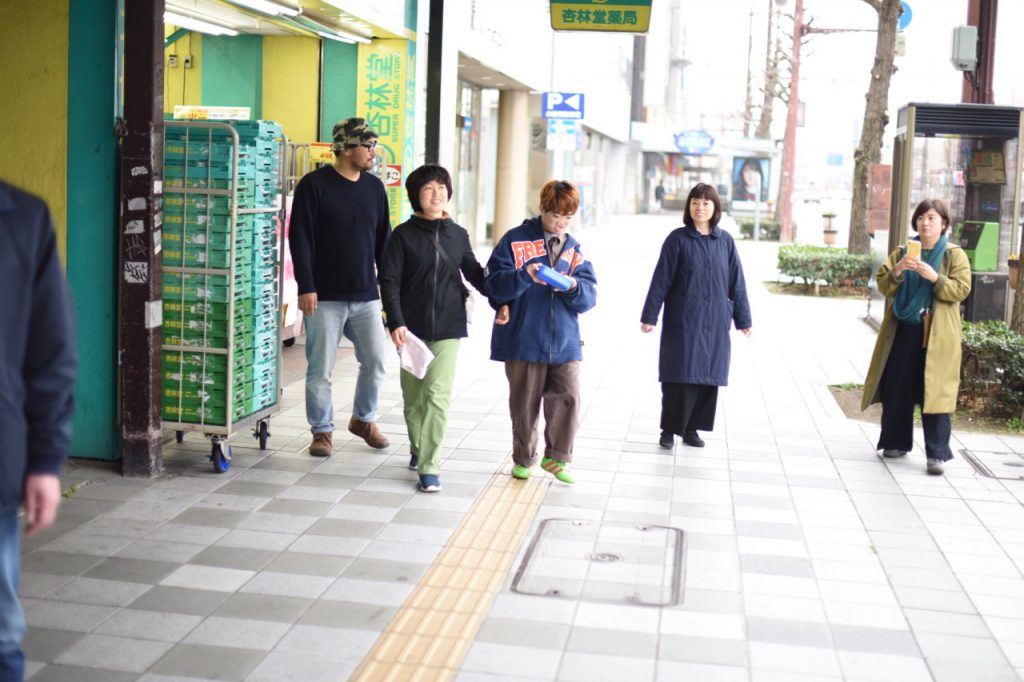
Everybody walking together downtown. (Photo credit: Kawa-chan)
This sort of thing happens a lot at LET’S, where “those with disabilities” are right in front of you. Guests like me may feel like we’re there to act as supporters. In reality, we don’t experience a one-sided “supporter” versus “supported” relationship. There is a constant fluctuation of roles. There are times when those with disabilities support me and times when we just exist and when they affirm my existence. This may only be my own misinterpretation of things, but I think it’s an interesting concept.
It is also interesting to me that these fluctuating relationships start to feel like a traveling theater troupe unleashed on the street. It feels to me as if the group supposedly taking a walk with Take-chan (AKA, The Take-chans) isn’t just “a disabled person and the welfare people helping them on a walk.” But it’s actually a marvelously dramatic group forcing itself out into public spaces and making those spaces their stage.
We guests might think that we are part of the “audience” watching Take-chan take a walk. From the perspective of the townspeople I think we might look more like actors in the troupe. Take-chan looks like the star of the production, but perhaps us guests and the townspeople are actually the ones on display. Everyone’s roles are constantly shifting: the role of performer versus audience, the role of those who are involved versus those who are indifferent. Movement continually shifts these roles.

Chisato-san tries to get Take-chan, who’s sitting down in protest, to do something.
Take-chan doesn’t want to cross the crosswalk in front of Zaza so he takes a seat. I completely understand how he feels. That is one of the only ways he can resist or protest: Take-chan doesn’t express himself in words; he can show how he feels with actions like this. I believe that’s not a “disability” per se but simply the way he communicates. Yeah, that’s right, he might think. If I cross the road here, that probably means we’re heading back. The town has so much more excitement, of course it’s fun. I completely understand the feeling of not wanting to leave.
We try to get Take-chan to cross that street. If we were to scold him and say something like “Hey! What are you doing, Takeshi?!”, people in the vicinity would notice. It would reflect badly on LET’S. So instead we have to work with Takeshi as gently as possible. What I mean is that we must be conscious of the gaze of random people passing by on the street—which makes us actors.
I have said more than once in this series of articles that I came to LET’S as a sightseer. I thought I came here as a spectator. But once I went out on that walk with everyone, I suddenly became one of the performers. From an outsider’s point of view, I suppose I looked like I was just another member of the group. I’ve gone on these walks more than once now, but I still find the fluctuations in roles and perceptions that they cause very intriguing.

Take-chan took two laps around the toy store before leaving.
What about the townspeople? They didn’t go out intending to see a “performance.” They’re not even really an audience. They might not have particularly wanted to see The Take-chan’s unfolding-noisy-whatever. But they can’t not see it. They end up being witnesses. The scene mistakenly arrives in front of people who didn’t mean to see it. They receive an unexpected “misdelivery.”
I think this is exactly what LET’S is all about.
LET’S representative Midori-san often says, “The existence of those with disabilities causes waves in society.” The so-called “trouble” they cause becomes a wave-like disturbance, affirming the existence of those with disabilities in society. I believe they have that power. I believe that not just them, but each and every individual has that power within them. That is why it is essential for us to go on walks into society together.
。
If Take-chan were to go out on a walk on his own in society as it stands today, he would probably be seen as “disruptive.” However, when the staff are there—when there are other people walking with him—perception of them shifts from a “bothersome” individual to a “group.” This group is akin to a “blank space” that can make people wonder what that group is up to.
I’ve written several times about hyōgen miman before, arguing that it is a relational concept, and I think you can see it here. Hyōgen miman isn’t something that Take-chan makes by himself; it appears only when there are other people around. Walking “together.” Taking a walk “together.” When that condition exists, a stone becomes a ripple.
Of course, this ripple couldn’t occur without an audience there to witness it. LET’S always wants audiences to see their activities. There are the stars, the supporting actors, the audience. On walks, these relationalities spill out into public. Through all of their fluctuations, LET’S becomes like a stone cast into society that then creates a wave. When you talk about “walks” at LET’S, they aren’t just healthy ways to relieve stress or kill time. They are socially significant acts, and acts that qualify as hyōgen miman.
Everyone who goes to sightsee at LET’S ought to take as many brisk walks as possible!
The Hellish Stroll with Oga (AKA an “OgaSanpo”)
I really enjoyed the walk I took on the second day, too.
On day two I headed over to the Nova Community Center in Irino like I usually do. I chatted for a while with Oga-chan, who had just arrived. Then I got to enjoy an “OgaSanpo” (the walk he took me on). You normally can’t find him without his pushcart. But he didn’t bring it this time—instead, for some reason, he decided to bring along a tape player.
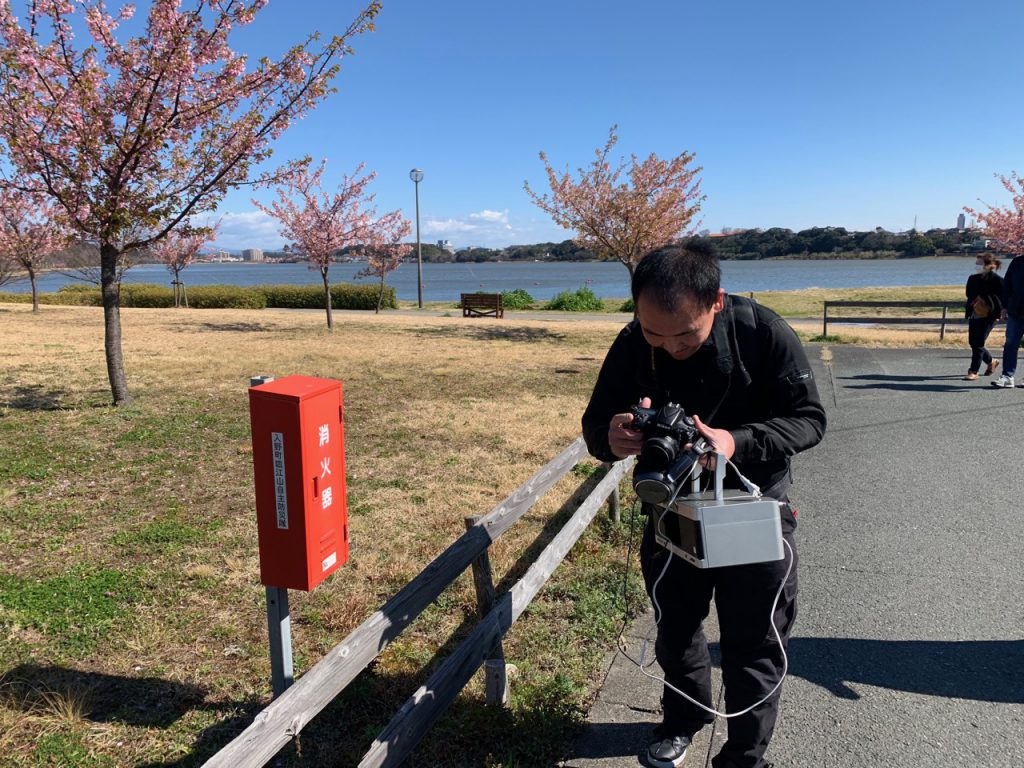
Oga-chan seemed to enjoy totally monopolizing my camera and taking pictures.
We headed toward the gorgeous Lake Sanaru with staff member Owari-san. Oga-chan strolled at a fierce pace along the lakeshore lined with cherry trees in full bloom. “So pretty when they’re blooming, huh?” he said to me. I don’t know if he was tired of holding it, but Oga-chan handed me his tape player and took an interest in my camera instead, gesturing that he wanted to take pictures with it. Oga-chan loves all things mechanical so he was a total pro with my camera. This was how the walk with Oga-chan turned into a photoshoot.
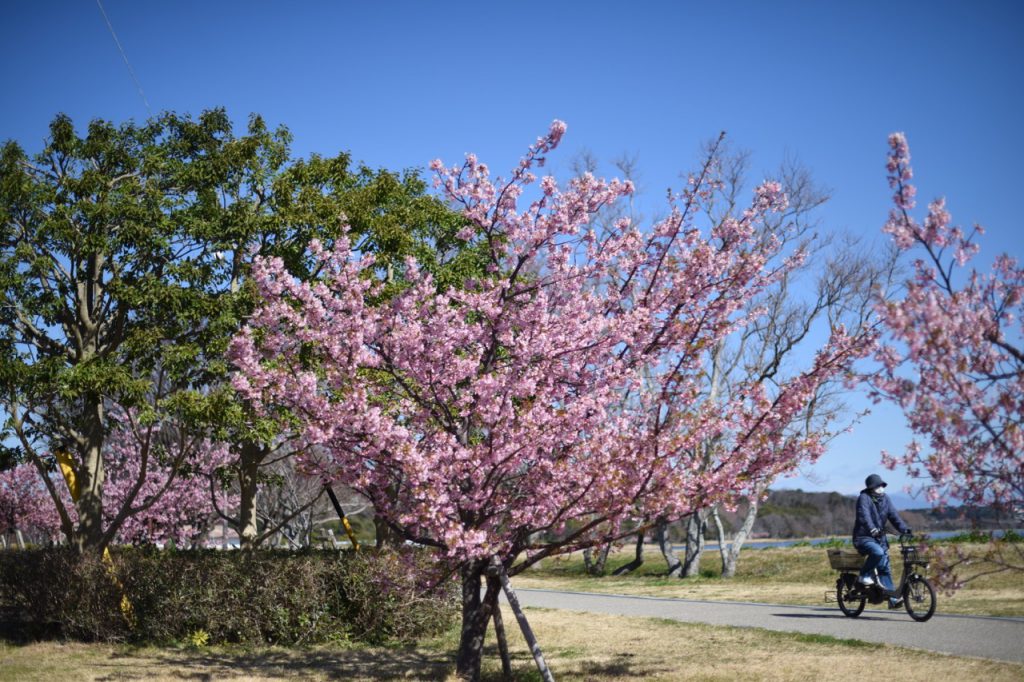
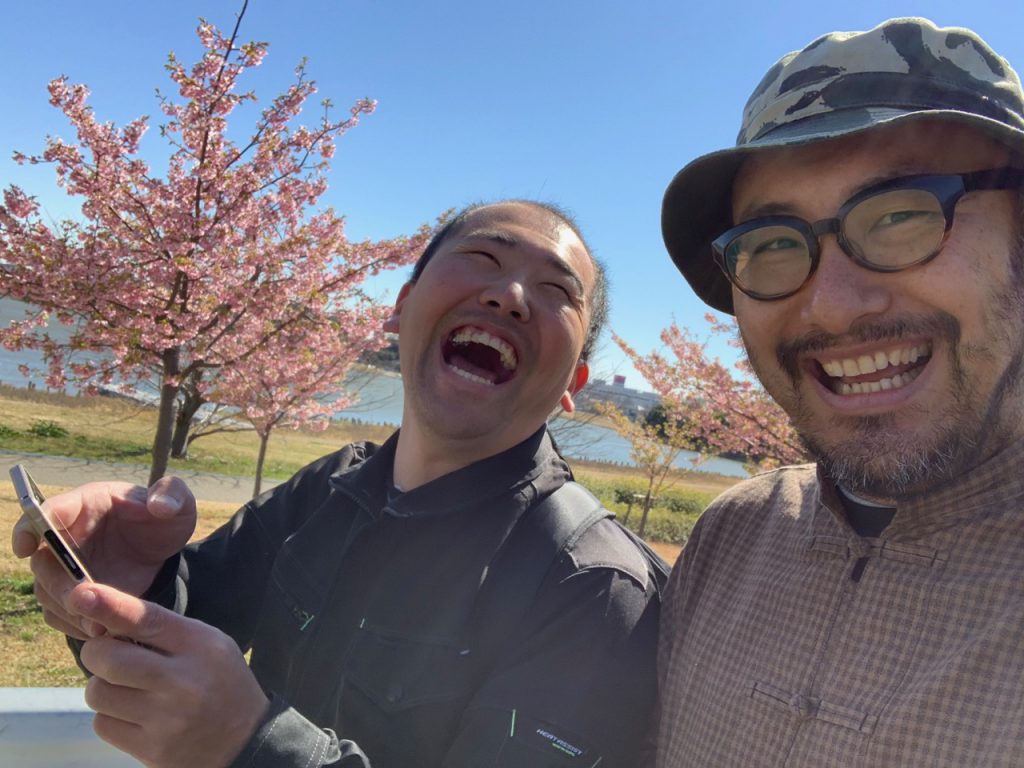
Oga-chan and me having a grand old time.
Owari-san was walking about 30 meters behind us, so as not to cramp Oga-chan’s style. A delicate distance—still close enough that she could get to us quickly if something happened. She kept a discreet eye on us from behind as if to say, it’s not every day Riken-san visits so you two go off and have some fun.
Oga-chan was relaxed. He wouldn’t listen to my suggestion that we turn and go back along the lake. He just went on vigorously climbing this hill. It must have been after we’d walked about two more kilometers that Owari-san intervened. If we don’t go back like right now, we’ll never make it back. She laid down the law. “If you keep going, the two of us will have to go back on our own.” She presented him with a choice: “If you leave now, you can go together with me and Riken-san. Which are you going to do?” and put the ball in his court. She sounded unusually stern.

Oga-chan being stubborn with the terrifying Owari-san who says it’s time to go back.
Oga-chan sure is stubborn. (As always, these are only my own thoughts.) Doesn’t matter how many walks you take with him, he’ll never fail to show off his stubborn side. I’m no longer surprised even when he freezes up for half an hour. I just try making gentle suggestions.
Oga-chan eventually agrees. Not to going back with Owari-san and not to going back together with Riken-san, along the route we had taken to get there. Instead, we turn right at the intersection to loop around the residential area and then go back. This may increase the chances that Oga-chan will go along with us. But it’s only ever increasing the chances.
Once he’s decided to go back, Oga-chan is fast. He zooms off and we’re back at the Nova Center in no time at all, thoroughly exhausted. B-U-T. The story doesn’t end there. A second round of walking awaits!
I buy lunch from Seven Eleven around noon and eat with Oga-chan. The afternoon doesn’t go as lazily as I’d hoped—because Oga-chan whips out his packed “Oga pushcart”! So we embark on our second walk of the day along with staff member Nakamura-san, and the reporter here for research, as well as the director of a bureau who’s come back to do some reporting. Off we go!

Oga-chan always carries a ton of CDs and cassette tapes in his backpack.
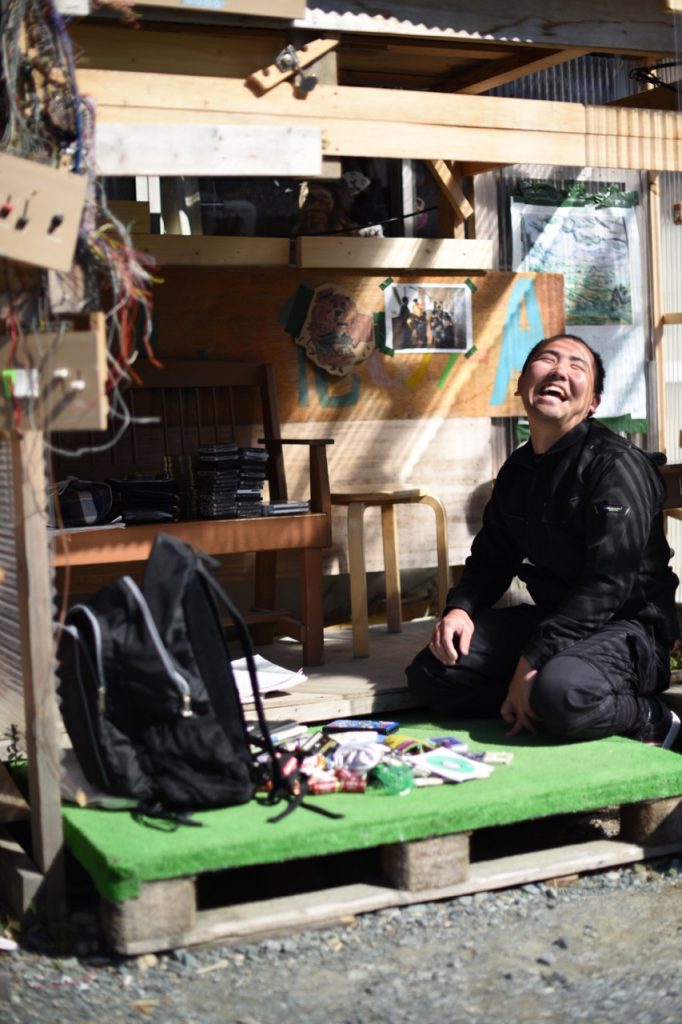
A great atmosphere has grown at OgaHouse.
For our second walk we head to the AEON mall in Irino like we usually do. After Nakamura-san’s skillfully-led walk “ended” at AEON, we take a route back through the residential district.
B-U-T. The walk was far from over. Oga-chan, naturally, wants to take the most exciting route. He wants to go back along the AEON route, which is much more hopping. He stubbornly insists, “let’s turn here.” He wouldn’t listen to any of our entreaties of “let’s go back, let’s go home.” Tempers flare. Picture an intersection where narrow roads meet. The conversation goes something like this: “Okay, Oga-chan, we get it. We’ll turn right like you want. But then we’ll turn left at the next intersection.” But Oga-chan is very firm about only wanting to turn right and never left. “Okay, sure. Let’s go straight through this intersection then. But at the next intersection we’ll turn left…”
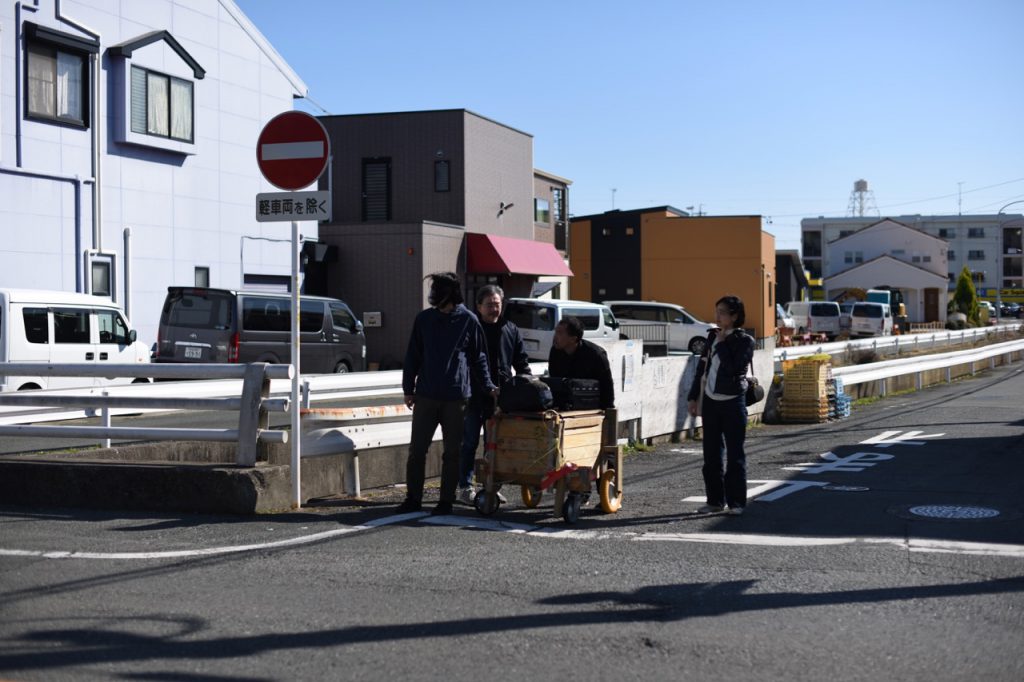
Oga-chan gets stubborn at the intersection.
So we’re stuck. Oga-chan takes control of the pace. Our guiding tactics have no effect whatsoever. I try calling out, “Heey, Oga-chan, come look at this super cool barber shop over here!”
Nope, not interested. Next I open up the “drum machine” app on my phone and say, “let’s go back and play drums!” This might have caught his interest a little. He definitely turned his head.
All RIIIIIIGHT! Oga-chan, we’re going home!
We all breathe a sigh of relief as Oga-chan returns to his usual cheery self and we head back to the Nova Center.
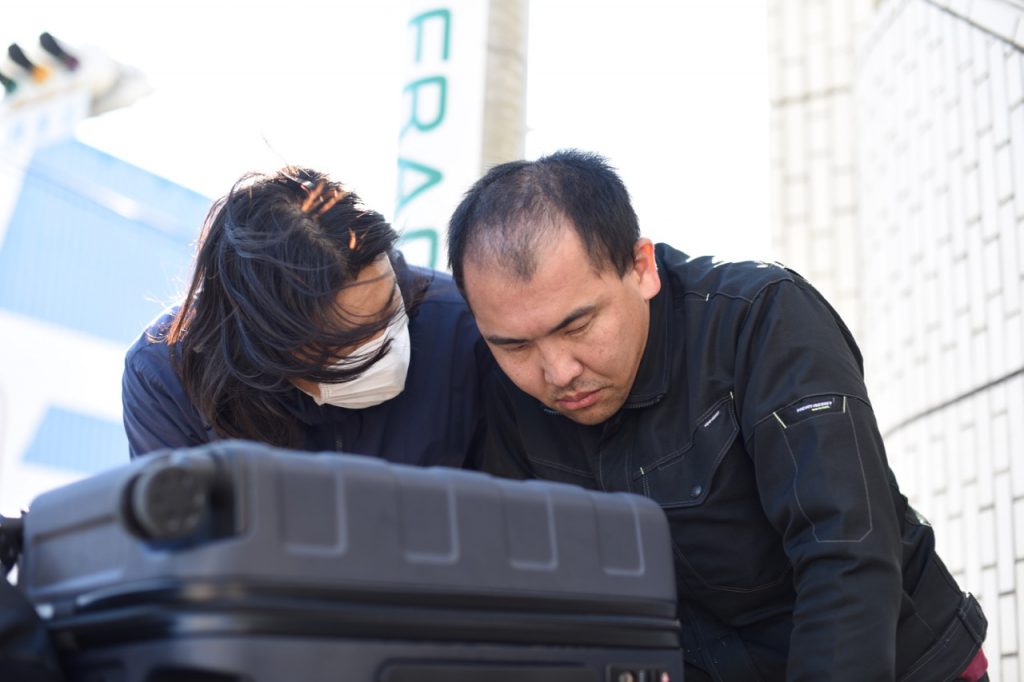
Oga-chan freezes up when Nakamura-san proposes we go back. He’s in agony.
I’m only musing here, but I think Oga-chan actually wanted to go back. I expect he felt he ought to return to Nova because everyone kept telling him we should. Maybe he was wavering back and forth between wanting to go back and wanting to stay out. When this inner conflict gets to be too much, he just freezes up.
I still don’t really have any way to help Oga-chan unfreeze. There’s no simple “solution.” But one thing I think I’ve understood is that it might be OK to try drifting with him as far as you can. Try drifting together. Enjoy trying to work together on things. It lightens the mood a lot. Your own mood, anyway. [A1]
If you go walking with Oga-chan, you’ll inevitably see him freeze up. He might freeze in front of an electronics shop. It’s as if he’s crushed under the weight of the thought, “if I can’t buy anything here then I’m not moving!” The knowledge that he can’t buy the things he wants hurts him. I think there’s no avoiding that. It seems like this has happened to him more than once in the past.
Compared to all that, getting stubborn at the intersection is like a fart in the wind. There are so many blanks left we can enjoy trying to fill in. Maybe there are a million routes we might take to try and thaw out Oga-chan when he freezes up.
Let’s take a moment to think about why I wanted to make Oga-chan want to go back. Why did I feel that way? It might make sense if I had to rush back to do something. But when I come to Hamamatsu, I’m in no hurry to do anything. There’s nothing in particular that I have to do. I could remain frozen there with Oga-chan for an hour or even two. Finding that you have time to just drift like that is kind of a shock.
Of course, the LET’S folks have a schedule to keep. Oga-chan’s mom will come to get him at a certain time. If someone from LET’S is keeping Oga-chan company, that means that they can’t help out others. For these reasons and more, they have to bring Oga-chan back. But I’m not in the same boat. Maybe I can approach Oga-chan from a different angle than the LET’S staff can.
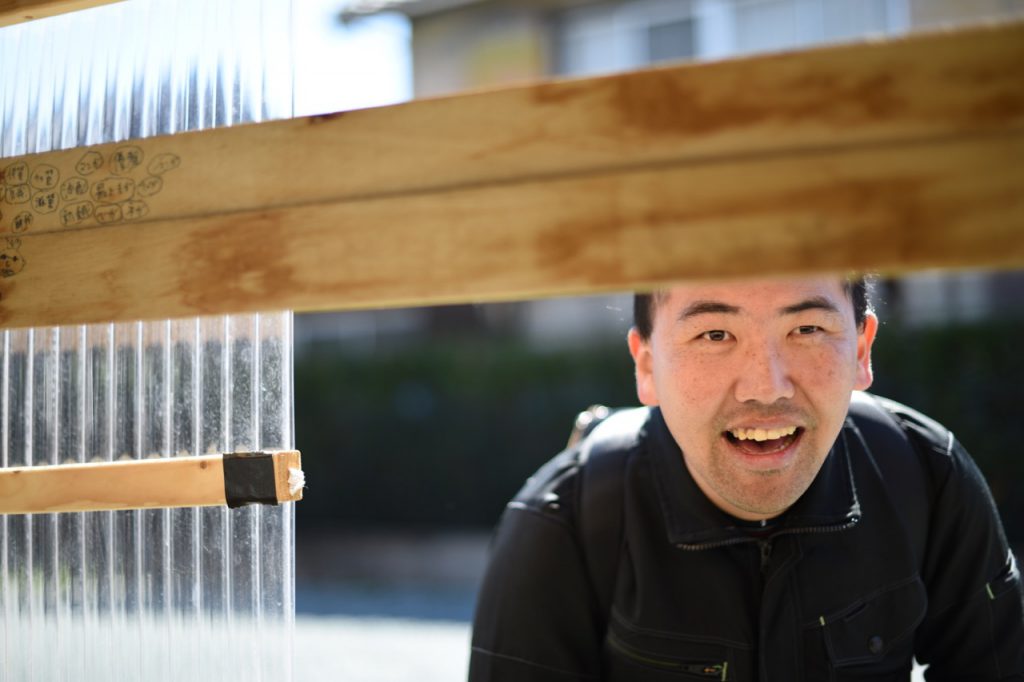
Oga-chan looking like he wants to go on a walk!
I’ve been thinking a lot about how we try to make Oga-chan do certain things. I try to think about why we had to make Oga-chan go back. We’re the ones who were telling Oga-chan what to do. I don’t want to put the blame for our actions on him. Instead I want to try re-examining the situation and conditions that led to this occurrence. This all connects back to my earlier mention of things I enjoy.
Rather than saying the first things that come to our lips—“why do you do that?”, “what the hell are you doing?”, or “stop messing around,” we could ask, “why do you get like that?” and “what causes you to do these things?” Putting a little distance between yourself and others is helpful.
Whether it’s Oga-chan, Take-chan, whether it’s your relationships with your friends or someone else… perhaps society conditions us to divide people into groups. I’m thinking about how taking these side routes and detours of thought is actually an unexpectedly necessary thing to do.
That’s what I think, so that’s what I wrote. If I’m being accurate, though, I should clarify that this is what I’ve come to think. My thoughts have been shaped in this way by my visits to LET’S and my experiences here. I wouldn’t even have been able to imagine these things ten months ago.
This was the tenth time I went sightseeing at LET’S. The visit began with the TakeSanpo walk with Takeshi, where I thought of myself as a spectator in a play. It ended with the second OgaSanpo walk with Oga, where I was amidst movement. All the walks I’ve taken while sightseeing at LET’S got me thinking. They broadened my ways of thinking and eventually led me to develop new ideas and philosophies. All of this came out of these walks.
Picture a tourist. You imagine them walking all over the place, right? When you sightsee at LET’S, the first thing you do is walk. You walk through your thoughts and you take an actual physical walk as well. Perhaps walking and thinking until you’re totally exhausted is exactly what we need to do sometimes.
Translated by Anna Schnell
コメント
この記事へのトラックバックはありません。
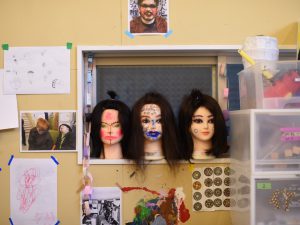
Welfare and Accidental Welfare
One thing I especially enjoy when exploring LET’S is accompanying the…






-50x50.jpg)
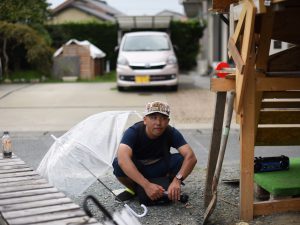
この記事へのコメントはありません。